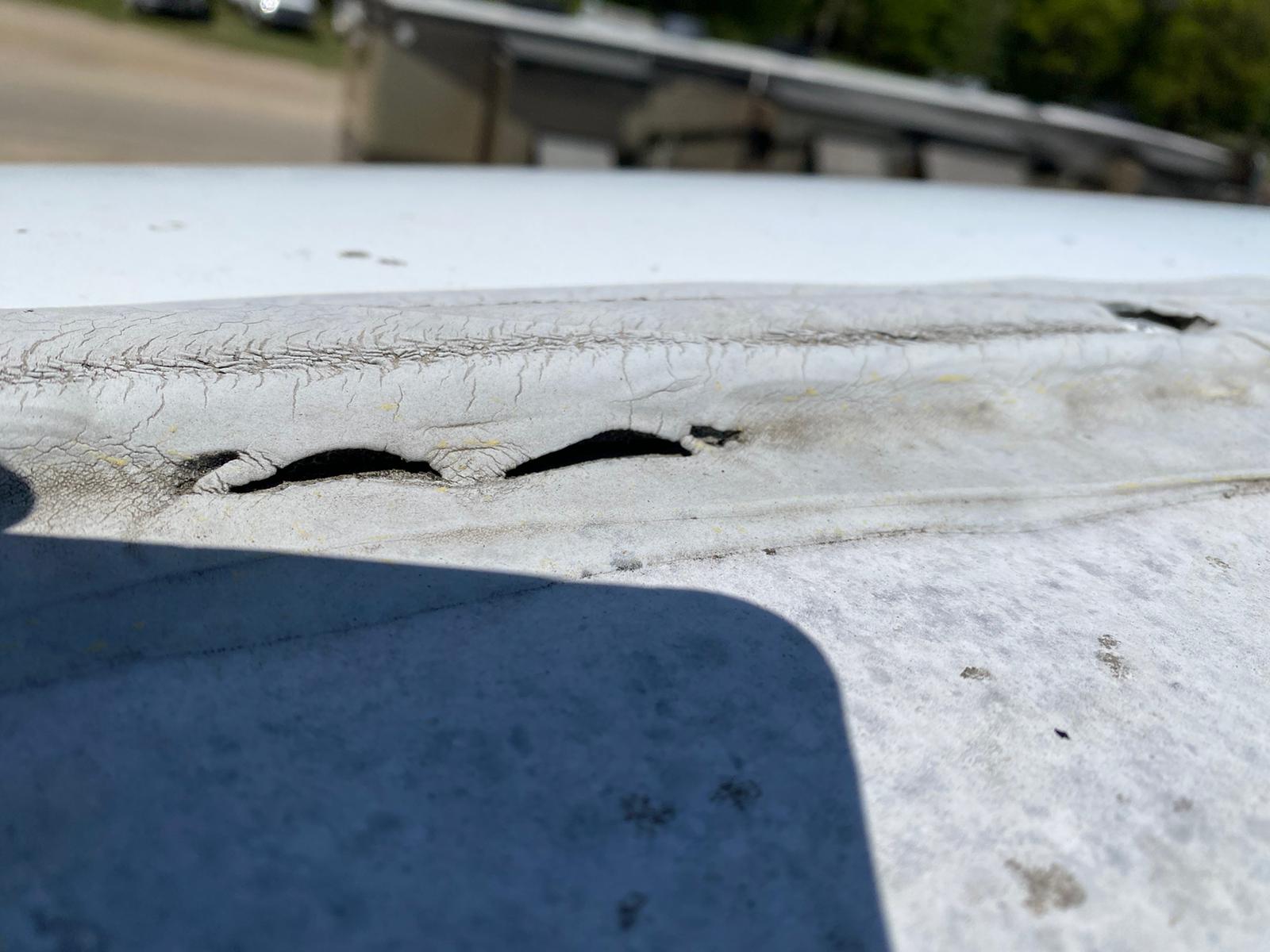As an avid camper, you know the importance of maintaining your trusty companion for many adventures to come. One critical aspect of camper maintenance is ensuring that it remains watertight and well-sealed. Over time, exposure to the elements can cause the seals on your camper to deteriorate, leading to potential water damage and costly repairs. In this blog post, we will discuss the telltale signs that indicate your camper needs to be resealed. By recognizing these signs early on, you can take proactive measures to protect your investment and keep your camping experiences enjoyable.
1. Visual Inspection:
The first step in determining if your camper needs resealing is to conduct a thorough visual inspection. Here are a few key areas to pay close attention to:
a. Roof: Inspect the roof for any cracks, gaps, or separation in the sealant. Look out for peeling or bubbled sections as well.
b. Windows and Doors: Check the seals around windows and doors for signs of wear and tear. Look for cracks, gaps, or visible damage.
c. Exterior Walls: Examine the walls for any visible gaps, cracks, or separation between panels. Pay attention to areas around vents, lights, and other fixtures.
d. Storage Compartments: Inspect the seals around storage compartments, hatches, and utility connections.
2. Water Intrusion:
Water intrusion is a clear indication that your camper’s seals are compromised. Keep an eye out for the following signs:
a. Dampness or Water Stains: Check the interior of your camper for dampness, water stains, or musty odors. Pay close attention to corners, ceilings, and areas near windows and doors.
b. Mold or Mildew: If you notice the growth of mold or mildew, it’s a strong indicator of water penetration. Check hidden areas and hard-to-reach corners as well.
c. Soft Spots or Delamination: Walk around your camper and feel for any soft spots on the walls, especially near windows or the roof. Delamination, where the layers of the wall separate, is another sign of water damage.
3. Air Drafts and Temperature Fluctuations:
In addition to water damage, compromised seals can also result in air leaks and temperature fluctuations inside your camper. Look out for the following:
a. Drafts: Feel around windows, doors, and vents for any noticeable air drafts. Cold drafts during winter camping or warm drafts during summer can indicate seal problems.
b. Temperature Fluctuations: If you notice inconsistent temperature levels inside your camper, it could be due to air leaks. Pay attention to sudden changes in temperature.
4. Increased Noise Levels:
Another sign of deteriorating seals is an increase in noise levels inside your camper. Listen for any unusual sounds while traveling or when exposed to windy conditions. Excessive wind noise can indicate gaps or loose seals around windows, doors, or the roof.
Conclusion:
Regularly inspecting your camper for signs of seal deterioration is crucial to prevent water damage and maintain a comfortable camping experience. By conducting visual inspections, keeping an eye out for water intrusion, paying attention to air drafts and temperature fluctuations, and being mindful of increased noise levels, you can identify the early warning signs that your camper needs to be resealed. Taking prompt action to reseal your camper will help extend its lifespan, protect your investment, and ensure enjoyable camping adventures for years to come. Remember, a well-sealed camper is a happy camper!

Frequently Asked Questions
How often should you reseal a camper?
You should reseal your camper every 1-2 years to ensure proper protection against water damage.
How do I know if my RV is leaking?
You can identify potential leaks in your RV by looking for these signs:
- Water stains or discoloration on the ceiling or walls.
- A musty or moldy smell inside the RV.
- Damp or wet spots on the floor or carpet.
- Visible cracks or gaps around windows, doors, or roof seams.

